





 |
 |
 |
 |
 |
 |
| Jean-Marc MICHEL | profile | all galleries >> Thailand >> Ayuthaya | tree view | thumbnails | slideshow |
| previous page | pages 1 2 3 ALL | next page |
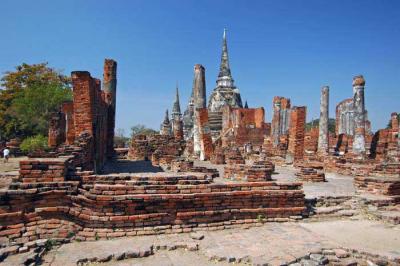 DSC_0058 |
 DSC_0028 |
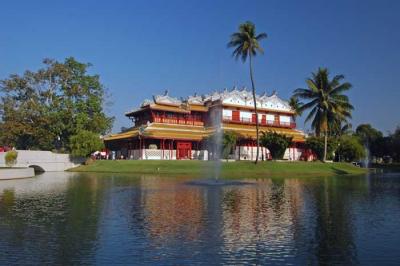 DSC_0014 |
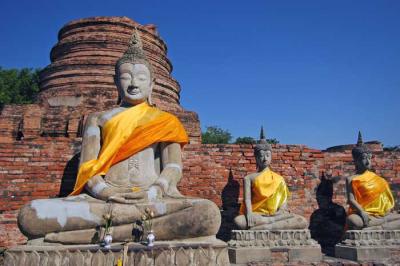 DSC_0031 |
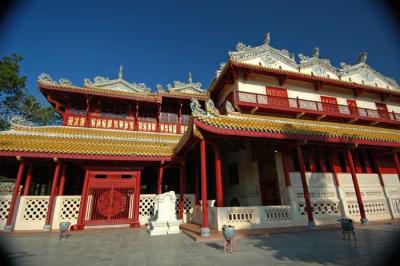 DSC_0018 |
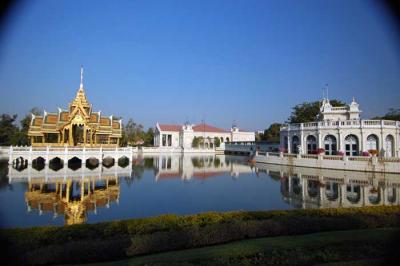 DSC_0296 |
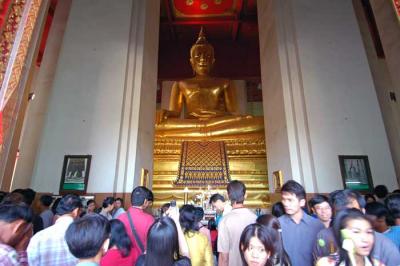 DSC_0064 |
 DSC_0303 |
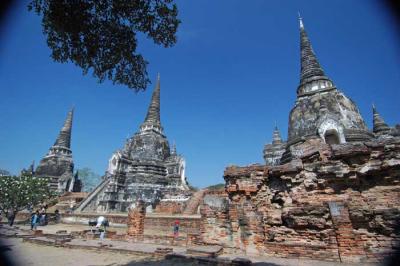 DSC_0051 |
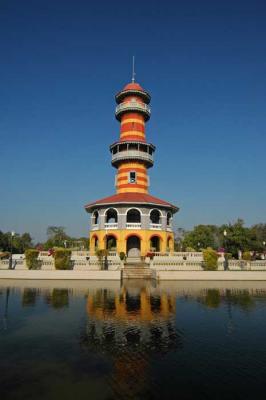 DSC_0012 |
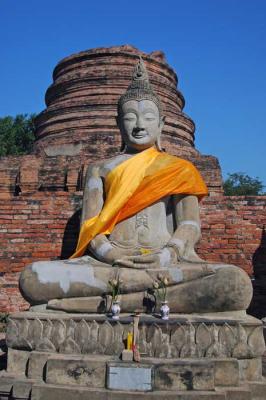 DSC_0032 |
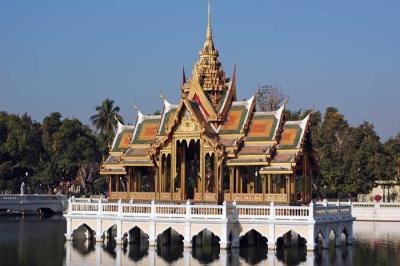 DSC_0004 |
| previous page | pages 1 2 3 ALL | next page |
| comment | share |